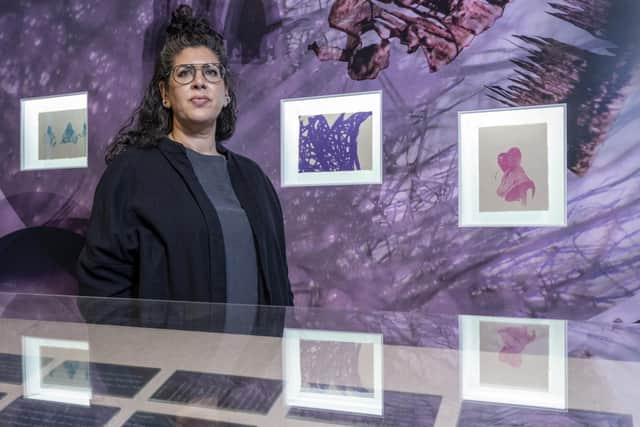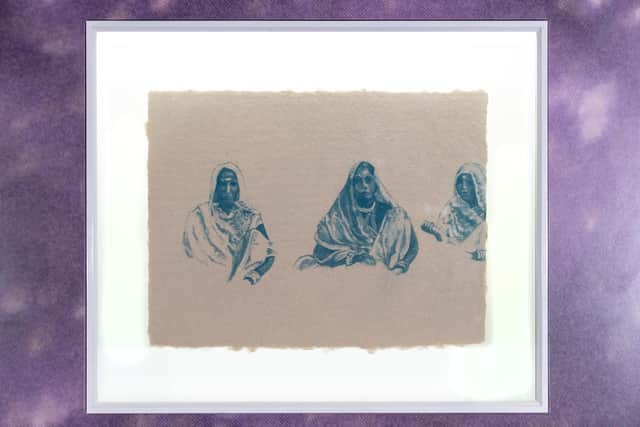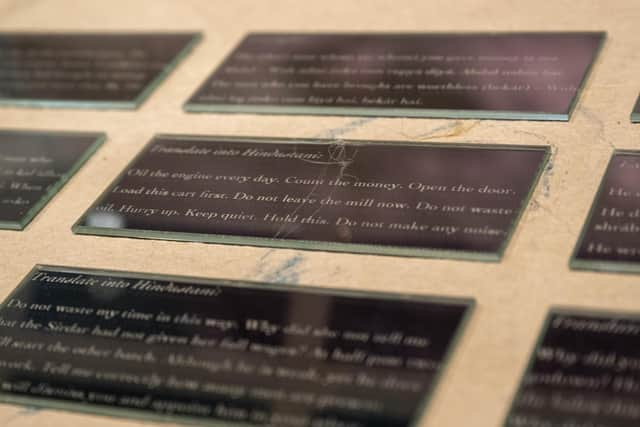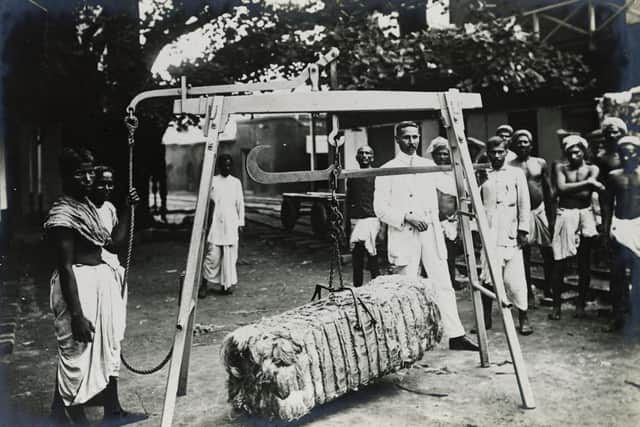V&A Dundee turns spotlight on colonial past of city's jute industry
But now Dundee's V&A museum is to turn the spotlight on how the city's "Juteopolis" was built on colonial links between Dundee and British-ruled Bengal – and the treatment of workers 9,000 miles apart.
The museum, which has been overhauling its permanent displays to address Scotland's links with slavery and colonialism, has unveiled new work commissioned to honour those who worked in the jute mills of the region, now divided between India and Bangladesh.
Advertisement
Hide AdAdvertisement
Hide Ad

Many experienced mill workers from Dundee, which boasts more than 100 different works at one time, where the largely-female staff worked for up to 60 hours a week, travelled to the Bengali region to help manage and maintain the plants.
Swapnaa Tamhane's work, The Golden Fibre, shares the name given to jute because of the huge profits that could be made from the raw fibre.
Created after she explored the jute industry archives held in the city, it is partly inspired by a Hindustani language exercise book used by Scottish supervisors to control workers in the Bengali mills, which includes orders such as ‘hurry up’, ‘keep quiet’, ‘do not waste oil’ and ‘do not make any noise’.
Her work includes a collage includes archival photographs and drawings of female jute mill workers, as well as microscopic images of jute paper.


The new jute industry display at the museum’s Scottish Design Galleries also includes so hand tools used by mills and factory workers, including a bale hook, hackle, porter gauge and pair of weaving scissors.
Dundee capitalised on its history of weaving, whaling and shipbuilding to become the world’s jute capital in the 19th century, with products made in the city, including bagging and sacks, used to transport cotton, grain, sand, coffee and wool all over the world.
At one point, around 1900, more than 40,000 families in Dundee were dependent on the industry for their livelihoods. But by the early 20th century, Calcutta had overtaken Dundee as the dominant centre for the production of jute.
Advertisement
Hide AdAdvertisement
Hide Ad

V&A Dundee curator Meredith More said: “Since 2020 V&A Dundee has reframed displays and interpretation in the Scottish Design Galleries to acknowledge that much of Scotland’s design history is built upon the exploitation of enslaved and colonised people around the world.
“Tamhane’s new work starts a conversation and allows us to dig deeper into a local story with a huge transnational context.
"It opens up an important conversation about Dundee's relationship with colonialism and how people across continents have been impacted by it, in many different ways.
“We want to work together as heritage organisations across Dundee to reconsider the relationship between Dundee and Calcutta, two cities and two populations simultaneously shaped by jute and the colonial system it was part of.”


Tamhane said: “I wanted to focus on the lives of women in the Bengali jute industry.
"Some of them were widows, some were fleeing their homes, some were supplementing the household incomes.
"Most of the women who worked in the fields to harvest raw jute were undocumented as part of the workforce. The archival images I came across are precious traces of their lives, about which we know very little.”
Comments
Want to join the conversation? Please or to comment on this article.

